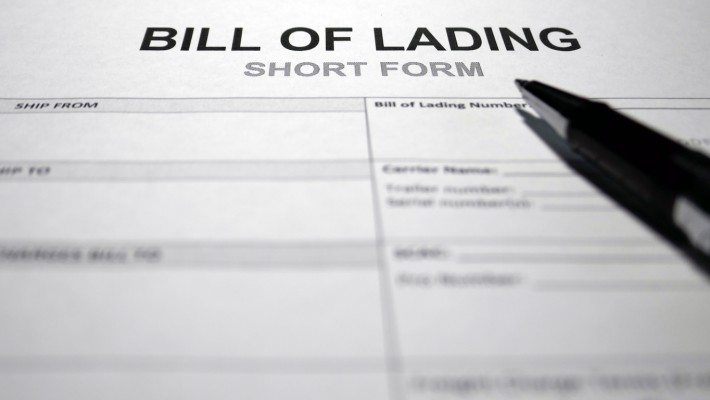Freight Forwarder Insights
Huin International Logistics Latest Articles
Understanding the Bill of Lading: Purpose and Structure
Basic Concept
Bill of Lading (B/L): This crucial document serves as evidence of the contract for the carriage of goods via sea and as proof that the goods have either been received or loaded by the carrier. The carrier, in turn, guarantees the delivery of the goods. Article 71 of the "Maritime Law of the People’s Republic of China," effective from July 1993, formally defines a bill of lading in this manner. It plays a pivotal role in international trade, being issued to the consignor—whether the exporter or freight forwarder—by the transportation department upon transporting the goods. The consignee retrieves the goods from the freight destination's transportation department using the bill of lading. However, if dealing with a smaller order, they must exchange the master bill with the domestic freight forwarder. For the bill of lading to be valid, it must be signed by the carrier or the ship. The Delivery Order (D/O) form is another essential document used in sea freight customs declarations.
Functionality of a Bill of Lading
A bill of lading serves three primary functions:
- Cargo Receipt: It acts as a receipt for the cargo entrusted by the shipper to the carrier.
- Document of Title: It serves as a document of title for the legal holder.
- Proof of Contract: It stipulates the rights and obligations between the shipper and carrier, providing a legally recognized basis for the transportation of the goods involved.
Related Parties
The key parties involved with a bill of lading include the shipper and the carrier. The shipper, usually the seller, forwards the bill to the consignee through the carrier. The consignee—typically the buyer—uses the bill of lading to collect the goods. If the bill is transferable, assignees and holders also become related parties.
Transferability
A bill of lading, as a document of title, can be transferred under certain conditions, either through blank endorsement or registered endorsement.
Main Content
A bill of lading includes several critical details:
- Bill of Lading Number (B/L No): Listed typically in the upper right corner for reference and ease of communication.
- Shipper: Details the name and address of the shipper, who is usually the exporter and beneficiary named in the letter of credit.
- Consignee: Includes the name and address of the consignee. If the bill is to a named party, it will specify the consignee’s details; otherwise, it might state "To order" or similar instructions.
- Notify Party: The entity to be notified upon the goods' arrival, often the importer or the consignee's agent.
- Name of Vessel: Indicates the name of the ship and the journey details.
- Place of Receipt: Specifies the location where the carrier received the goods.
- Port of Loading: The actual port where the goods were loaded.
- Port of Discharge: The port where the goods will be unloaded. For transshipment, it includes the intermediary and final destinations.
- Place of Delivery: The final destination for the goods.
- Description of Goods: Must match the description in the letter of credit.
- Number and Kind of Packages: Specifics about the packaging and quantity.
- Shipping Marks: In line with the invoice or letter of credit.
- Gross Weight and Measurement: Usually listed in kilograms and cubic meters, respectively.
- Freight and Charges: Denotes "Freight Prepaid" or "Freight Collect" as per the shipment terms.
- Temperature Control Instructions: Requirements for refrigerated goods, listed without overly specific details.
- Place and Date of Issue, Number of Original B/Ls: The place and date of issuance, which should correlate with when the goods were loaded, and the total number of original bill copies, typically in triplicate.
- Signature/Seal of the Carrier/Master: An authorized signature from the carrier or master to validate the document.
These details ensure the smooth processing, transfer, and retrieval of goods in international trade, solidifying the bill of lading's status as a foundational document in maritime logistics.
